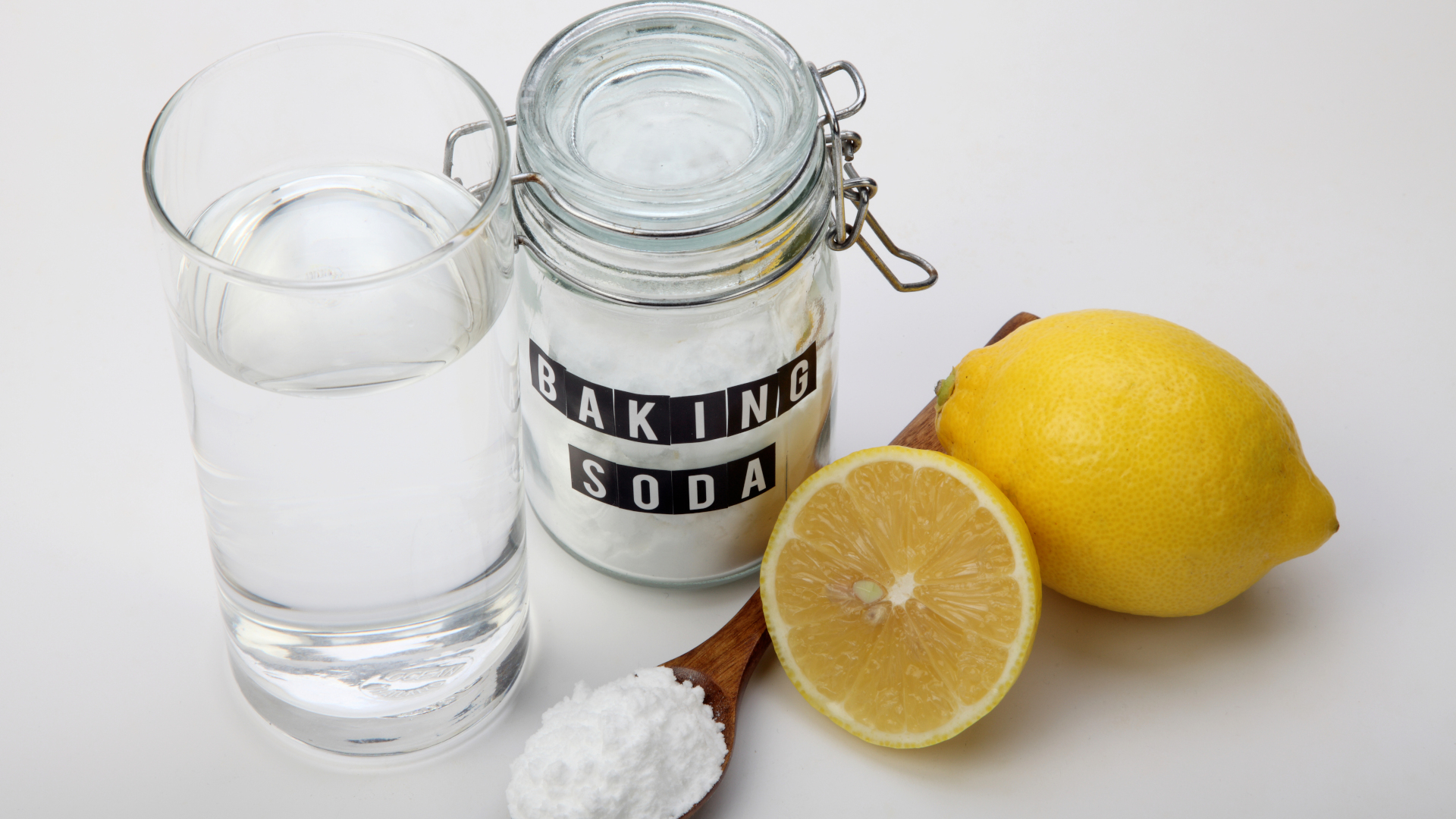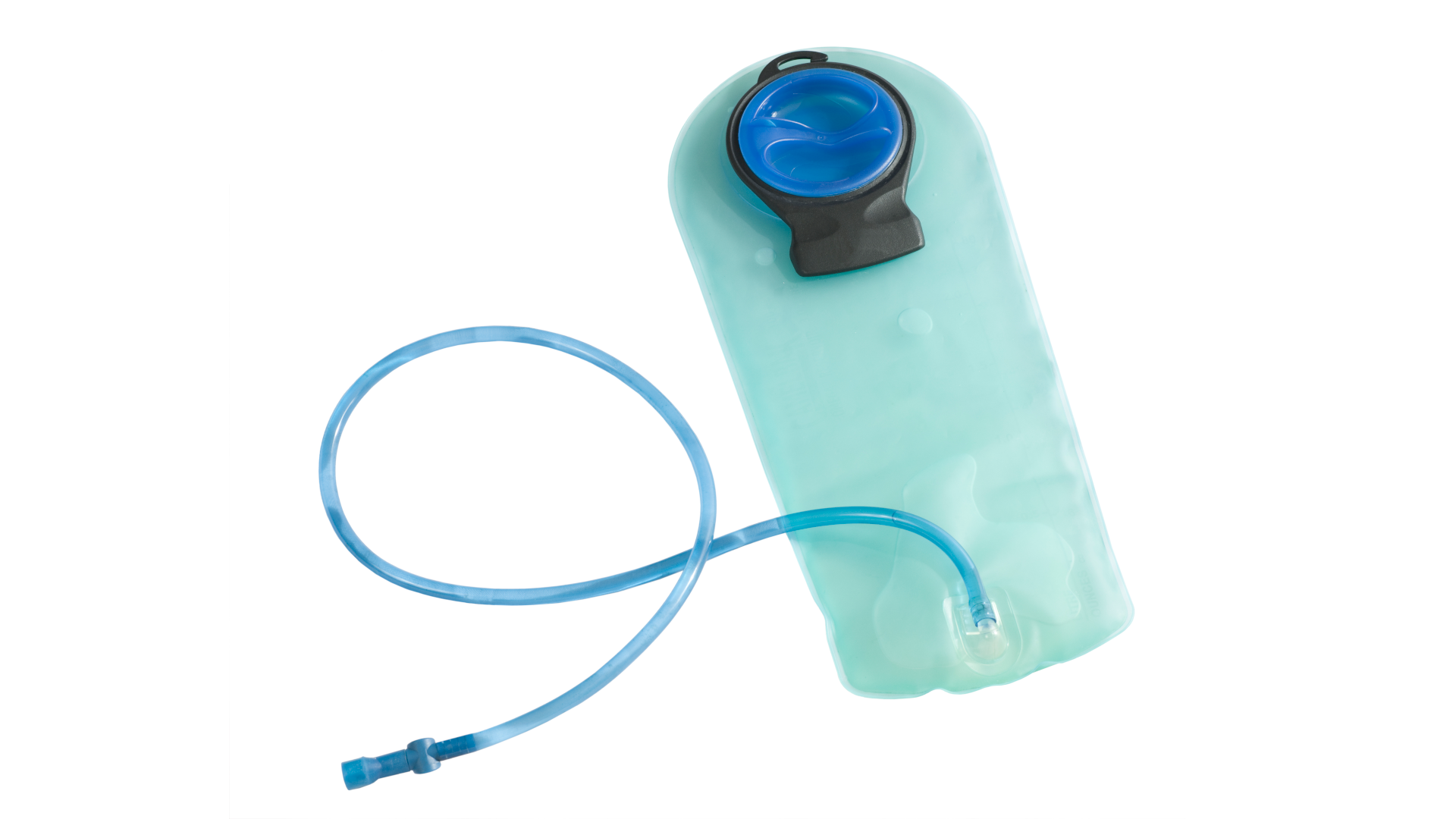How to get rid of plastic taste in water bladder – Unveiling the secrets to banish the unwelcome plastic taste from your water bladder, this guide embarks on a journey of discovery, revealing simple yet effective methods to restore the purity of your hydration companion.
Delve into the causes and potential health implications of plastic taste, equipping yourself with the knowledge to make informed choices. Explore a range of cleaning techniques, from household remedies to specialized solutions, empowering you to restore your water bladder to its pristine state.
Overview of Plastic Taste in Water Bladder

A water bladder is a flexible container designed to hold liquids, typically water, for drinking purposes. It’s commonly used by hikers, cyclists, and outdoor enthusiasts to stay hydrated during their activities.
Unfortunately, some water bladders can impart an unpleasant plastic taste to the water they contain. This taste can be caused by a variety of factors, including the type of plastic used in the bladder’s construction, the manufacturing process, and the age of the bladder.
Potential Health Effects
While the plastic taste in water bladders is generally not considered a health hazard, it can be a nuisance and may discourage people from drinking enough water. In some cases, the plastic taste may be accompanied by a chemical odor, which can be more concerning.
If you are concerned about the potential health effects of drinking water from a plastic bladder, you should choose a bladder made from a food-grade plastic that is free of BPA and other harmful chemicals.
Methods to Remove Plastic Taste from Water Bladder: How To Get Rid Of Plastic Taste In Water Bladder
To eliminate the plastic taste from a water bladder, various cleaning methods can be employed. Baking soda, vinegar, and denture tablets are commonly used for this purpose.
Here’s a step-by-step guide to clean a water bladder using these agents:
Baking Soda
- Fill the bladder with warm water and add 1 tablespoon of baking soda.
- Shake the bladder vigorously for a few minutes.
- Let the solution sit in the bladder for several hours or overnight.
- Rinse the bladder thoroughly with clean water.
Vinegar
- Fill the bladder with equal parts warm water and vinegar.
- Shake the bladder vigorously for a few minutes.
- Let the solution sit in the bladder for several hours or overnight.
- Rinse the bladder thoroughly with clean water.
Denture Tablets
- Fill the bladder with warm water and drop in a denture tablet.
- Let the tablet dissolve completely.
- Shake the bladder vigorously for a few minutes.
- Let the solution sit in the bladder for several hours or overnight.
- Rinse the bladder thoroughly with clean water.
The effectiveness of these cleaning methods may vary depending on the type of plastic used in the water bladder and the severity of the plastic taste. A comparison of the effectiveness of these methods is provided in the following table:
| Cleaning Agent | Effectiveness |
|---|---|
| Baking Soda | Good |
| Vinegar | Excellent |
| Denture Tablets | Very Good |
Alternative Materials to Plastic Water Bladders
Plastic has been the go-to material for water bladders due to its lightweight, flexibility, and affordability. However, the issue of plastic taste can be a concern for some users. Alternative materials like metal and glass have emerged as potential solutions to this problem.
Let’s explore the pros and cons of these materials and compare their features with plastic.
Advantages and Disadvantages of Alternative Water Bladder Materials
Metal* Advantages:
Durable and resistant to punctures
Does not impart any plastic taste
Can be easily cleaned and sanitized
Disadvantages
If you suspect your furnace is short cycling, there are a few telltale signs to look for. Short cycling can lead to increased energy consumption and premature failure of your furnace. To determine if your furnace is short cycling, check for frequent on-and-off cycles, insufficient heating, and a cold air stream from the vents.
If you observe these symptoms, it’s best to troubleshoot the issue to prevent further damage to your furnace.
Heavier than plastic
May dent or scratch if not handled carefully
Can be more expensive than plastic
Glass* Advantages:
Non-porous and does not leach chemicals
Clear, allowing you to see the water level
Environmentally friendly and reusable
Disadvantages
Fragile and can break easily
Heavier than plastic
May be more difficult to clean
When dividing 17 by 27, the result is a non-terminating, repeating decimal. The repeating cycle of 17/27 has six digits. This means that the decimal representation of 17/27 will repeat the same sequence of six digits indefinitely.
Comparison of Water Bladder Materials
| Material | Weight | Durability | Taste | Cleanability | Price ||—|—|—|—|—|—|| Plastic | Lightweight | Low | Plastic taste | Easy | Affordable || Metal | Heavy | High | No plastic taste | Easy | Moderate || Glass | Heavy | Low | No plastic taste | Difficult | Expensive |
User Reviews and Testimonials, How to get rid of plastic taste in water bladder
“I switched to a metal water bladder and the plastic taste disappeared immediately. It’s heavier, but I don’t mind the extra weight for the peace of mind of not ingesting chemicals.”
John Smith
“I tried a glass water bladder, but it was too fragile for my active lifestyle. I dropped it once and it shattered into a million pieces.”
Mary Jones
“I’ve been using a metal water bladder for years and it’s still going strong. It’s easy to clean and I don’t have to worry about plastic taste.”
David Brown
Tips for Preventing Plastic Taste in Water Bladder
Proper storage and maintenance of water bladders are crucial to prevent the development of plastic taste. Here are some essential tips to help you avoid this issue:
Storage and Maintenance
- Clean your water bladder regularly with a mild dishwashing solution or a专门designed cleaning kit. Rinse thoroughly with clean water to remove any residual soap.
- Store your water bladder in a cool, dry place away from direct sunlight. Avoid leaving it in hot cars or exposing it to extreme temperatures.
- Do not freeze your water bladder as this can damage the material and make it more susceptible to developing a plastic taste.
- If you are not using your water bladder for an extended period, empty it completely and let it dry thoroughly before storing it.
Avoiding Heat and Sunlight
Heat and sunlight can accelerate the breakdown of plastic, leading to a plastic taste in your water. Here are some tips to avoid exposing your water bladder to these elements:
- Do not fill your water bladder with hot water. Allow hot water to cool to room temperature before filling.
- Avoid leaving your water bladder in direct sunlight for extended periods.
- If you need to carry your water bladder in the sun, cover it with a reflective material or insulating sleeve to minimize heat exposure.
Best Practices Checklist
Follow these best practices to prevent plastic taste in your water bladder:
- Clean your water bladder regularly.
- Store your water bladder in a cool, dry place.
- Avoid freezing your water bladder.
- Empty and dry your water bladder when not in use.
- Avoid filling your water bladder with hot water.
- Protect your water bladder from direct sunlight.
- Consider using an alternative material water bladder, such as stainless steel or glass.
Last Word

By implementing the strategies Artikeld in this guide, you’ll bid farewell to the lingering plastic aftertaste and embrace the refreshing taste of pure water. Whether you’re an avid hiker, cyclist, or simply seeking a healthier hydration solution, this guide empowers you to conquer the challenge of plastic taste, ensuring every sip brings pure enjoyment.
FAQ Guide
How often should I clean my water bladder?
Regular cleaning is crucial. After every use, rinse your bladder thoroughly with clean water. For deep cleaning, follow the methods Artikeld in this guide every few weeks or as needed.
Can I use bleach to clean my water bladder?
Bleach is not recommended as it can damage the bladder’s material. Stick to the cleaning agents suggested in this guide for optimal results.
